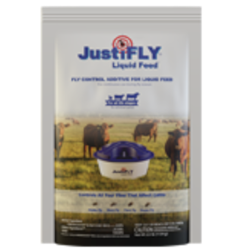

In yards and buildings they can be easily disturbed, for example by shadows, reflections and loud noises.Ĭ. If not disturbed they spend much time in exploratory behaviour. They may flee or turn and face the danger. They warn of perceived sources of danger, which may include man, by sounds such as snorts. They are often vocal in their responses to one another and to man. They require warm conditions and are not well able to tolerate low temperatures, particularly when combined with wet and windy conditions.ī. Their ability to climb is considerable and this facilitates their browsing. They obtain their food by browsing more than by grazing and are best adapted to dry firm ground.

It should be borne in mind that some important biological characteristics of goats ( Capra hircus) are as follows:Ī. For the purposes of this Recommendation the word "goat" refers to all caprine stock, and any goat under 6 months of age is considered to be a kid.
#Caprine supply goat feeding nipples skin
This Recommendation shall apply to all goats bred or kept for the production of food, fleece or skin or for other farming purposes.Ģ. Has adopted the following Recommendation concerning goats.ġ. Having regard to its responsibility under Article 9 of the Convention for the elaboration and adoption of recommendations to the Parties containing detailed provisions for the implementation of the principles set out in Chapter I of the Convention based on scientific knowledge concerning the various species of animals Īware also of the established experience in the implementation of the principles of animal welfare set out in Articles 3 to 7 of the Convention Ĭonsidering that in the light of established experience and scientific knowledge about the essential biological needs of goats certain systems of husbandry at present in commercial use, and in particular those in which animals are closely confined, often fail to meet all the needs the fulfillment of which is essential for the animals' welfare Ĭonsidering therefore that strong and continuous efforts have to be made to adapt both existing extensive and intensive husbandry systems and develop satisfactory new systems so that these needs can be met for goats kept for farming purposes Īware that the basic requirements for the health and welfare of livestock consist of good stockmanship, husbandry systems appropriate to the biological needs of the animals, and suitable environmental factors, so that the conditions under which goats are kept fulfil the need for appropriate nutrition and methods of feeding, freedom of movement, physical comfort, the need to perform normal behaviour in connection with getting up, lying down, resting and sleeping postures, grooming, eating, ruminating, drinking, defecation and urinating, adequate social contact and the need for protection against adverse climatic conditions, attack by predators, injury, infestation and disease or behavioural disorder, as well as other essential needs as may be identified by established experience or scientific knowledge Ĭoncerned with the possibility that the results of certain developments in biotechnology may add to welfare problems of goats, and aware of the need to ensure that such developments do not diminish their health and welfare īearing also in mind that it is an obligation of the Committee to reconsider any recommendation when appropriate new knowledge is available and therefore wishing to encourage research by all Parties with the object of developing alternative systems which are more likely to provide solutions in keeping with the intentions of the Convention The Standing Committee of the European Convention on the Protection of Animals kept for Farming Purposes, Adopted by the Standing Committee at its 25th meeting on 6 November 1992


 0 kommentar(er)
0 kommentar(er)
